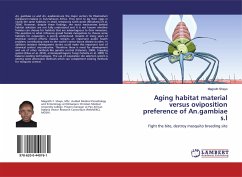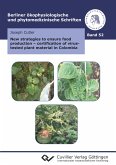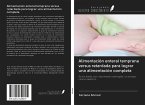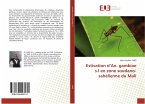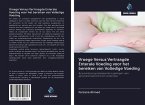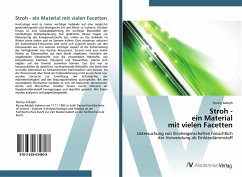An. gambiae s.s and An. arabiensis are the major vectors for Plasmodium falciparum malaria in Sub-Saharan Africa. They tend to lay their eggs in nearly the same habitats; in small, temporary sunlit pools (Minakawa et al, 2004). However, despite these findings, the exact mechanisms behind habitat selection are not fully understood and it is not known whether females can choose for habitats that are advantageous to their immature. The question to what influence gravid female mosquitoes to choose some habitats for oviposition, is poorly understood. Despite of many years of chemical control efforts; malaria remains an important public health problem, contributing most to the world¿s vector-borne disease burden. In addition resistant development strains could make this important tool of chemical control unproductive. Therefore there is need for development and use of other methods like genetic control (Coleman, 2004), trapping system (Kitau et al, 2010), entomopathogenic fungi (Scholte et al, 2005) to balance existing technologies. The use of oviposition site selection system is among some alternative methods which can complement existing methods for mosquito control.

